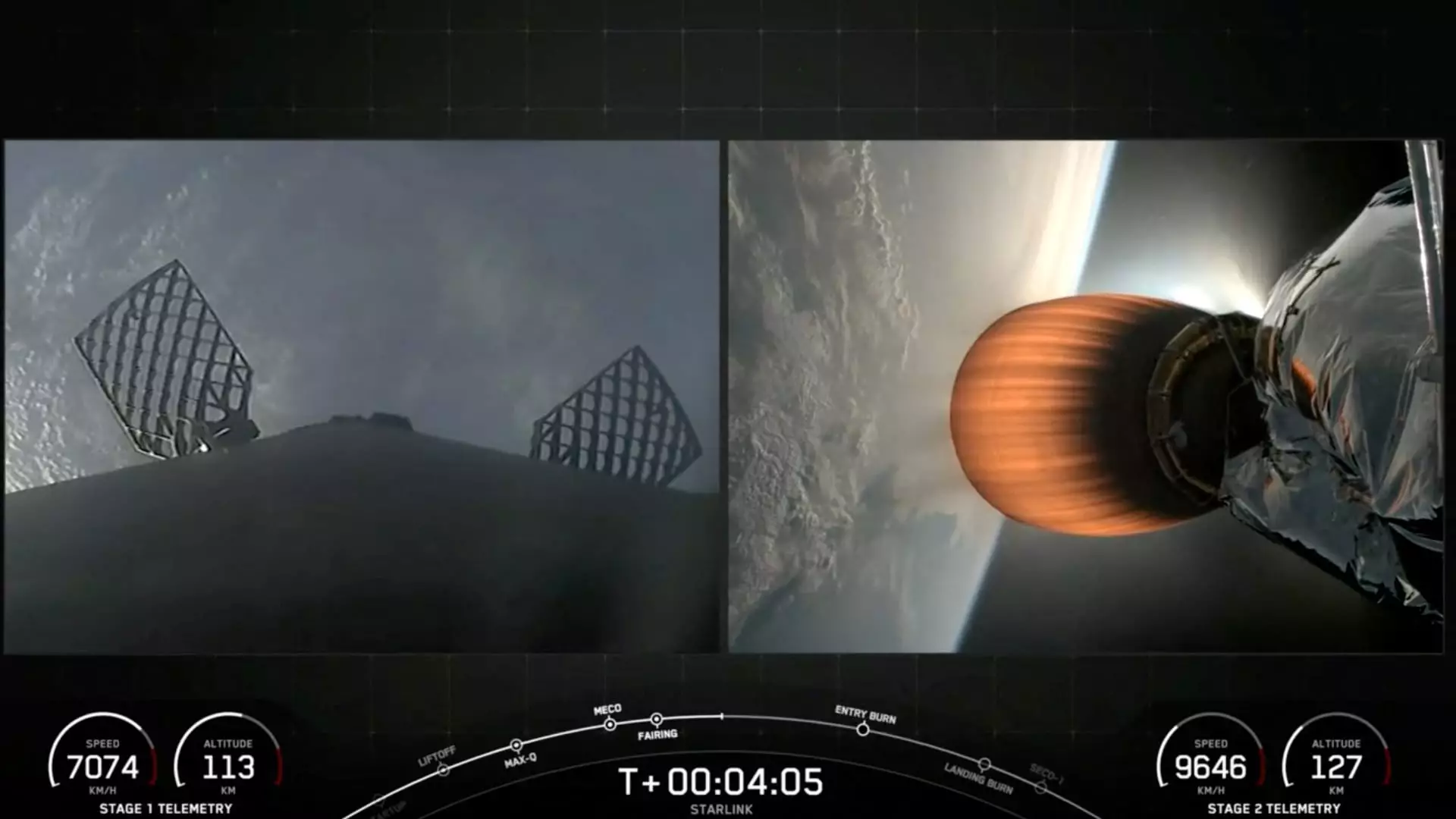SpaceX’s Falcon 9 rocket is currently grounded following an incident during its recent mission, known as “Starlink Group 9-3.” The launch took place from California’s Vandenberg Space Force Base and was intended to carry 20 satellites into low Earth orbit. Unfortunately, the upper second stage of the rocket failed to restart its engine as planned and was ultimately destroyed. This rare misfire has prompted a detailed investigation into the cause of the failure.
Engine RUD Event
SpaceX CEO Elon Musk confirmed the engine failure, stating that the attempt to restart the engine resulted in a “rapid unscheduled disassembly” (RUD). This term is used by SpaceX to describe explosive or destructive events that occur during a launch. The company later revealed that the engine failure was due to a leak of liquid oxygen in the second stage, leading to the destruction of the rocket.
The Federal Aviation Administration (FAA) is closely involved in the investigation process and must approve SpaceX’s final report on the incident before the Falcon 9 rocket can return to flight. The agency stated that it will be monitoring every step of the investigation and any corrective actions that SpaceX plans to take. This rigorous oversight is essential to ensure the safety and reliability of future launches.
The failure of the Falcon 9 rocket is expected to have significant implications for SpaceX’s upcoming launch schedule. The investigation into the incident is likely to cause delays in planned missions, including two crewed missions: the private Polaris Dawn and NASA’s Crew-9. Despite the setback, SpaceX was able to deploy the 20 Starlink satellites, although they ended up in a lower than intended orbit due to the engine failure.
In an effort to salvage the situation, SpaceX made contact with 10 of the satellites to use their onboard thrusters to climb higher in orbit. However, the company ultimately confirmed that the satellites will not be recovered due to the challenges posed by the lower orbit. The 20 satellites are expected to re-enter the Earth’s atmosphere and burn up, but SpaceX assured that they do not pose a threat to other satellites or public safety.
Prior to this incident, the Falcon 9 rocket had enjoyed an impressive track record of success, with over 300 consecutive successful orbital launches since its last inflight failure in June 2015. The rocket has completed a total of 354 missions to orbit, with more than 300 successful landings and the reuse of rocket boosters on over 280 occasions. This incident serves as a reminder of the complexity and risks inherent in space exploration, even for a company with SpaceX’s proven track record.

Leave a Reply